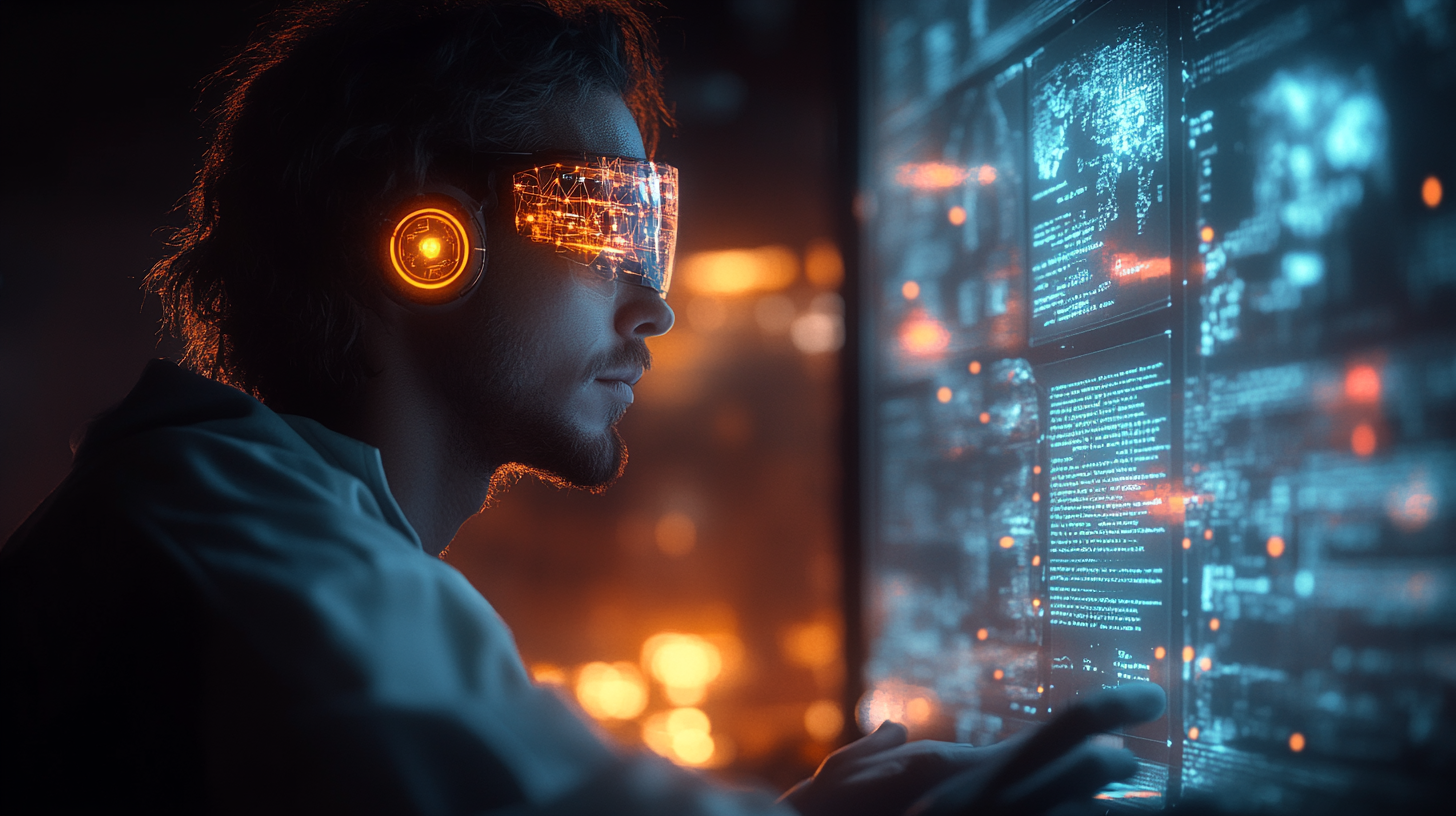In the rapidly evolving digital landscape of 2025, accessibility in web design has transcended compliance checkboxes to become a cornerstone of inclusive user experience. As technology advances, so does our responsibility to ensure that digital platforms are usable by everyone, regardless of their abilities. This post delves into the transformative trends and practices that are redefining web accessibility, offering insights and resources to guide your design strategies.
Interfacing for Extreme Circumstances
In the realm of web design, accessibility isn't just about accommodating disabilities—it's about ensuring usability across a spectrum of challenging environments. Consider scenarios like high-noise industrial settings, low-visibility conditions, or high-stress emergency situations. In such contexts, traditional interfaces falter. Research into situationally-induced impairments highlights the necessity for adaptable interfaces that can function effectively under varying conditions .UW Faculty
For instance, in high-noise environments, voice commands may be impractical, necessitating alternative input methods like gesture recognition or tactile feedback. Similarly, in low-visibility conditions, interfaces must rely more on auditory cues or haptic feedback to convey information. Designing for these extreme circumstances requires a shift from static interfaces to dynamic systems that can adjust based on environmental inputs.
Cross-Sectioning Talents: AI-Assisted Physical Enhancements
The integration of AI into assistive technologies is revolutionizing how individuals interact with digital environments. AI-powered devices like exoskeletons and smart prosthetics are not only restoring mobility but also enhancing it, allowing users to perform tasks with greater precision and less effort. These technologies adapt in real-time, learning from user movements to provide more intuitive assistance .
Moreover, AI is facilitating the development of personalized interfaces that cater to individual needs. For example, AI-driven eye-tracking systems enable users with limited mobility to navigate websites and applications seamlessly. By analyzing user behavior, these systems can predict intentions and adjust interfaces accordingly, creating a more inclusive digital experience .
Augmented Reality: Embracing Multisensory Experiences
Augmented Reality (AR) is transcending visual augmentation to encompass a full spectrum of sensory experiences, including audio and scent. Innovations in digital scent technology are enabling users to experience smells in virtual environments, adding a new layer of immersion . This multisensory approach is particularly beneficial in applications like virtual training simulations, where replicating real-world conditions enhances learning outcomes.Wikipedia
Audio augmentation is also playing a crucial role in accessibility. AR systems that provide spatial audio cues can assist visually impaired users in navigating physical spaces, offering real-time information about their surroundings . By integrating these sensory modalities, AR is creating more inclusive environments that cater to a diverse range of users.
Conclusion
The future of web accessibility lies in designing interfaces that are adaptable, intelligent, and multisensory. By considering extreme environmental conditions, leveraging AI for personalized assistance, and embracing the full spectrum of human senses through AR, we can create digital experiences that are not only more inclusive but also more engaging for all users.




No Comments.